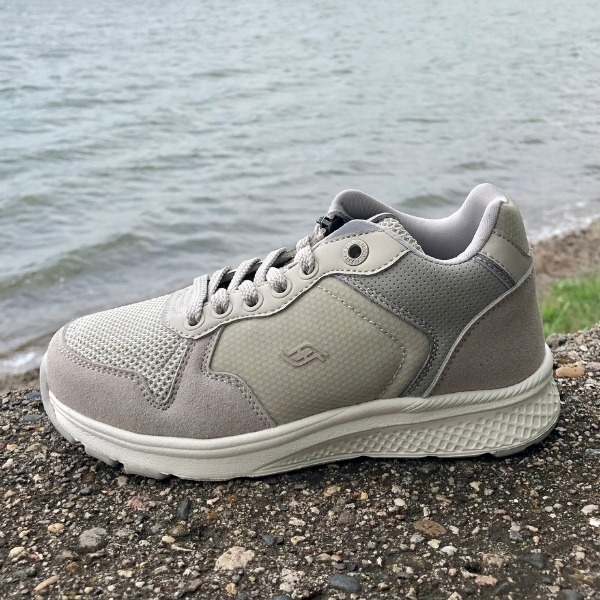Friendly Shoes Experience
“We see what we want to see” is a quote attributed (apparently) to many. When we opened the doors on Friendly Shoes we wondered, but couldn’t exactly know, ‘What would people see in Friendly Shoes?’ What sort of Rorschach test are our products?
Leather comfort shoes with a discrete zipper no one had ever seen before… that are designed for the needs of the aging foot (which, however counterintuitively, means they’re actually really great shoes for everyone)… but with an aesthetic that a young shoe enthusiast (such as Friendly’s inventor Joseph) would like to wear… Well, only one way to find out. So over time, at our store in San Diego and through innumerable events, outreach programs, and more we showed, sold, and promoted Friendly Shoes, resulting in thousands of meaningful, one-on-one human interactions with people of all ages, creeds, adaptive conditions, interests, incomes — you name it.
Some of these experiences fundamentally changed our understanding of our product, value proposition, and even our business philosophies. Customer interaction helped us learn from a thousand mistakes we didn’t even know we’d made. And sometimes customer interaction — “I love it” validated years of hard work, great financial and opportunity cost.
This ten-part blog series shares some of the more notable customer interactions and lessons learned. Parkinson’s. Teen Autism. Physically they’re healthy, blossoming young adults with all of the same basic (and not so basic) needs as anyone else their age, from positive self-concept to good shoes, but they’re often cognitively delayed. So ordinary tasks like shoe donning are barriers to living and require caregiver (usually a parent or sibling) assistance.
One day a family came into the store, they’d heard about “the Friendly shoe” from someone and came to see. The father, mother, and (severely autistic) daughter (who was often restricted to a wheelchair) were beautiful, vibrant people who lit up the room with positive energy. So, we placed a Friendly Shoe in her hand and demonstrated how to pull the zipper. She could do it, mostly, and with a little practice got the hang of it. She liked the sound Joseph made when he demonstrated: “Zip!” he’d say to add a verbal cue to the sight/example he was also providing (he’s an Occupational Therapist after all). Next, he demonstrated putting on a Friendly Shoe and gave the parents Friendly shoes to use as well so the daughter had multiple examples to look at as cues. Next, Joseph removed her shoe and helped put on the Friendly Shoe for sizing. It was too big, and we asked if she’d want to try a different color. So Edwin pulled a smaller size off the wall. That one fit. Then, she reached down, pulled the zipper shut, and her parents burst into tears of joy. We didn’t know at the time but the daughter had never in her life put on her own shoes much less had a shoe-buying experience. What other shoe exists that’s stylish enough to be in a boutique shoe store but also easy enough to don/doff that their daughter had a decent chance of being able to put it on? So when they had heard there was an adaptive shoe boutique in driving distance staffed by eager, passionate entrepreneurs they came to see! And we saw that our shoe gave that whole family a sense of pride, a sense of normality, a happy memory replacing 16 years of struggling with shoes. The room was full of joy. We are grateful to that family for visiting our store and proving to us that our shoe could help the people Joseph wanted to help when he started the long journey over 5 years ago of reinventing shoes so they’d be simpler, easier, and more enjoyable.
On Improving How We Name Colors of Shoes. “Son, nobody buys “gray” shoes. Call it taupe, call it sage, call it something else. It ain’t even gray.” Local gentlemen supporting our startup. Senior woman looking to regain style. USPS mail carrier with plantar fasciitis. Loving son trying to help his dad stay independent. Grandmother looking for kid-friendly shoes for an all-abilities grandchild.







